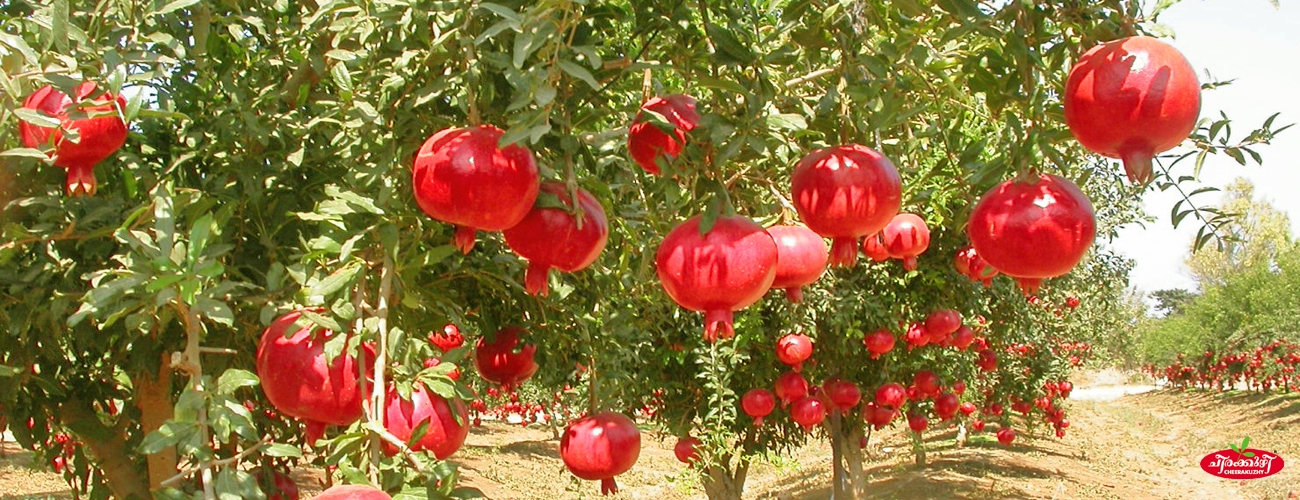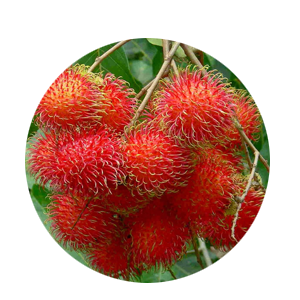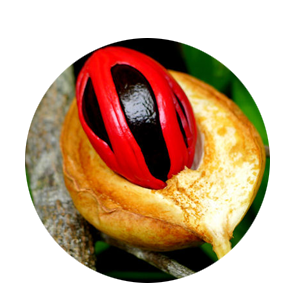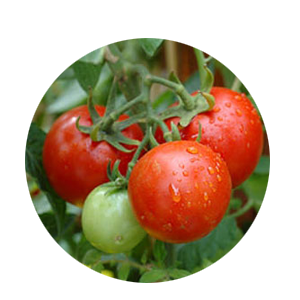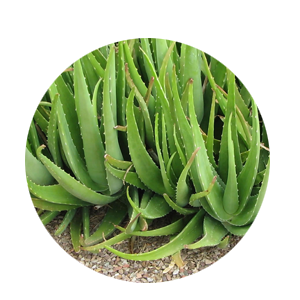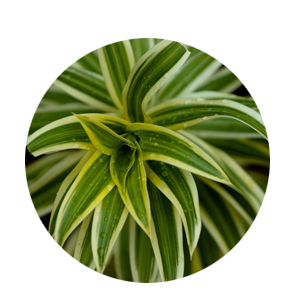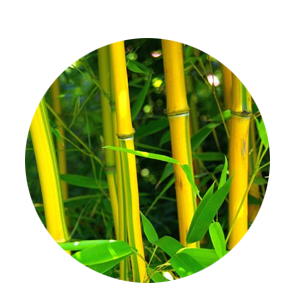Pomogranite - Grafted - (15x16 bag)

Item Description
GENERAL INFORMATION ABOUT A POMEGRANATE The pomegranate, botanical name Punica granatum, is a fruit-bearing deciduous shrub or small tree in the family Lythraceae that grows between 5 and 8 m (16 and 26 ft) tall.The pomegranate originated in the region of modern-day Iran, and has been cultivated since ancient times throughout the Mediterranean region and northern India.It was introduced into Spanish America in the late 16th century and California, by Spanish settlers, in 1769. A shrub or small tree growing 6 to 10 m (20 to 33 ft) high, the pomegranate has multiple spiny branches and is extremely long-lived, with some specimens in France surviving for 200 years.P. granatum leaves are opposite or subopposite, glossy, narrow oblong, entire, 3–7 cm (1.2–2.8 in) long and 2 cm broad. The flowers are bright red and 3 cm in diameter, with three to seven petals.Some fruitless varieties are grown for the flowers alone. The edible fruit is a berry, intermediate in size between a lemon and a grapefruit, 5–12 cm (2.0–4.7 in) in diameter with a rounded shape and thick, reddish skin.The number of seeds in a pomegranate can vary from 200 to about 1400.Each seed has a surrounding water-laden pulp — the edible sarcotesta that forms from the seed coat — ranging in color from white to deep red or purple.As intact arils or juice, pomegranates are used in baking, cooking, juice blends, meal garnishes, smoothies, and alcoholic beverages, such as cocktails and wine. HELTH BENENIFTS OF POMEGRANATE Pomegranate is used for conditions of the heart and blood vessels, including high blood pressure, congestive heart failure (CHF), heart attack, “hardening of the arteries†(atherosclerosis), and high cholesterol. It is also used for conditions of the digestive tract, including diarrhea, dysentery, and tapeworm and other intestinal parasites. Here are some health benefits 1. Fights Cancers 2. Prevents Heart Diseases 3. Treats Fertility Problems 4. Boosts Immunity 5. Improves Good Cholesterol Levels 6. Improves Bone Health 7. Healthy Arteries 8. Blood Pressure 9. Prevents Dental Plaque 10. Pomegranate Benefits For Weight Loss 11. Prevents Diarrhea 12. Prevents Cell Damage 13. Prevents Alzheimer’s Disease 14. Maintains Skin Health 15. Moisturizes Skin 16. Aids In Cell Regeneration 17. Treats Acne 18. Beneficial For Dry Skin 19. Beneficial For Oily/Combination Skin 20. Anti-aging Benefits 21. Sun Protection 22. Treatment Of Skin Inflammation 23. Heals Dry Skin & Cracks 24. Revitalizes Facial Skin 25. Treats Skin Infections
Maintanance, Disease Management And Yielding
MAINTANACE OF THE PLANTATION Once a plantation has been established, the work should not be considered finished. It will be necessary, for example, to protect the plantation against weather, fire, insects and fungi, and animals. A variety of cultural treatments also may be required to meet the purpose of the plantation. FERTILIZING The recommended fertilizer dose is 600-700 g. N, 200-250 g. P2O5 and 200-250 g. K2O /tree/year. Application of 10 kg. farmyard manure and 75 g. ammonium sulphate to 5 year old tree annually is adequate , whereas application of 50 kg. farmyard manure and 3.5 kg. oil cake or 1 kg. sulphate of ammonia prior to flowering is ideal for healthy growth and fruiting. The basal dose of farmyard manure @ 25-40 cart-loads /ha. besides the recommended doses of N, P and K should be applied to non-bearing trees in 3 split doses coinciding with growth of flushes during January, June and September. Fruiting should be encouraged from fourth year onwards. Nitrogenous fertilizer is applied in two split doses starting at the time of first irrigation after bahar treatment and next at 3 weeks interval, whereas full dose of P and K should be applied at one time. These should be applied in a shallow circular trench below tree canopy not beyond a depth of 8-10 cm. After application, fertilizers are covered with top soil and irrigated. WATERING AND WEED CONTROL Young pomegranate should be watered regularly until fully established. In dry western climates, water mature trees deeply at least every one or two weeks. Desert gardeners may have to water more frequently. Mulch the soil around the trees to conserve moisture. Weeding is also very important. Remove all weeds 1.5 meter around the plant. PRUNING AND SHAPE OF TREE Pruning is not much required except for removal of ground suckers , water shoots, cross branches , dead and diseased twigs and also to give shape to the tree. A little thinning and pruning of old spurs is done to encourage growth of new ones. PEST & DISEASE FOR POMEGRANATE TREES Every fruit tree has the future potential for disease and insect damage. Factors such as location and weather will play a part in which issues your tree encounters. If available, disease-resistant trees are the best option for easy care; and for all trees, proper maintenance (such as watering, fertilizing, pruning, spraying, weeding, and fall cleanup) can help keep most insects and diseases at bay. HARVESTING YOUR POMEGRANATE TREE Pomegranate being a non-climacteric fruit should be picked when fully ripe. Pomegranate plants take 4-5 years to come into bearing. Harvesting of immature or over mature fruits affects the quality of the fruits. The fruits become ready for picking 120-130 days after fruit set. The calyx at the distal end of the fruit gets closed on maturity. At maturity, the fruits turn yellowish-red and get suppressed on si
- Propogation Method : Grafting
- Plant Climate : Sub Tropical, Normal, Hot, Cool, Tropical
- Plant Height : 3-4 feet
- Plant Weight : 18 Kg
- Plant Polybagsize : 15x16
Related Images
- Botanical Name : Punica Granatum
- Malayalam Name : Urumambazham / Mathalam
- English Name : Pomegranate
If you use pomegranate, stick with the juice during pregnancy or breast-feeding
Planting Instructions
PLANT THE RIGHT TREE AT RIGHT PLACE Growing space both above and below ground should be considered when selecting a tree to plant. Too often allowances are not made for the increased size of the tree when it matures. Most problems can be avoided by selecting the proper tree species for the available planting space. GENERAL TIPS 1. Plant at least 6 to 10 meter from main overhead utility wires on street or to your home. 2. Plant at least 7 meter from a building. 3. Plant at least 2 meter from sidewalks, driveways, patios and fences. 4. Plant at least 7 to 15 meter from other large trees. 5. Plant at least 7 meter from small trees. 6. Prioritize your tree planting with the sun’s direction to maximize shade by planting on the southwestern and western sides of your home BASIC PARAMETERS TO PLANT A POMEGRANATE TREE 1. Soil :- It is grown in a wide range of soils and it is drought resistant and tolerant to salinity and alkalinity. Cool winter and dry summer are necessary for the production of high quality fruits. It performs well up to 1800 m elevation. 2. Planting Distance : For Commercial Plantation:- High density planting is adopted in temperate regions. A spacing of 5-6 m. in northern India and also in the plains of Deccan plateau is usually followed. High density planting with a spacing gives 2-2.5 times more yield than that obtained when the normal planting distance of 5 X 5 m. is adopted. Farmers have adopted a spacing of 2.5 X 4.5 m. Closer spacing increases disease and pest incidence. For Home Garden: -In a home garden generally we are planting one or two pomegranate trees along with other species of fruit plants. So it is better to keep minimum 7 meter distance from other plants to plant a pomegranate tree. 3. Pit size : Minimum 60cm width X 60cm Breadth X 60cm depth 4. Sunlight : 100% sunlight is best but can grow up to 50 % shade 5. Watering: During dry weather, initially water the plant once in two days and after one month of planting water every 7 to 10 days during the first year. TEN TIPS FOR PLANTING A POMEGRANATE TREE 1. Dig a hole/pit 3 to 4 times wider than the container (Normally 60cm X 60cm X60cm is recommended). Fill the pit with top fertile soil to allow for proper root growth. Avoid clay type soil to refill the pit. 2. Add 250 gm Rock Phosphate or Born Meal and 3 to 5 kg Cow dung or compost in the top soil of the pit and mix it thoroughly (Thorough mixing of manure with soil is very important because direct contact of manure with the roots of the plant will cause the damage of roots and plant). 3. Make a small hole in the pit and carefully remove the plant from the container/pot or poly bag keeping the soil around the roots intact. Don‘t yank the plant out of the pot or poly bag as this can separate the roots from the tree. Poly bags can be easily removed by cutting it by a knife and pots can be removed easily by hitting slightly at the top edge of the pot. 4. Set the plant in the middle of the hole. Avoid planting the tree too deep. Keep the base of the trunk is slightly above ground level. Using some soil, secure the tree in a straight position, then fill and firmly pack the hole with the original soil, making sure there aren‘t any air pockets. 5. If the plant is Grafted or Budded make sure the grafted or budded portion of the plant is above the soil. Do not allow to touch the grafted or budded portion in the soil as it burns the skin of the plant. 6. Create a water-holding basin around the pit and give the plant a good watering. After the water has soaked in, spread protective mulch 2–4 inches deep in a 3-foot diameter area around the base of the tree, but not touching the trunk. Also provide a stich as a support for the plant, if needed. 7. The soil and mulch around your plant should be kept moist but not soggy. During dry weather, initially water the plant once in two days and after one month of planting water every 7 to 10 days during the first year. 8. Remove any tags and labels from the tree as these will affect the tree as it grows. You may need to prune any broken or dead branches. For Budded or Grafted plants it is very important that do not allow the growth of off shoots under the grafted/budded portion. Allow the growth of budded/grafted scions only. 9. Do not use chemical fertilizer or any other chemicals on your newly planted trees. Such products will kill your young trees. If needed you can add chemical fertilizers in small quantity (generally below 100gm) after two to three months of planting with sufficient irrigation. 10. Do not over water or allow rain water so much that you see standing water in the pit area of the plant. It will damage the plants roots and results the die of your plant.


